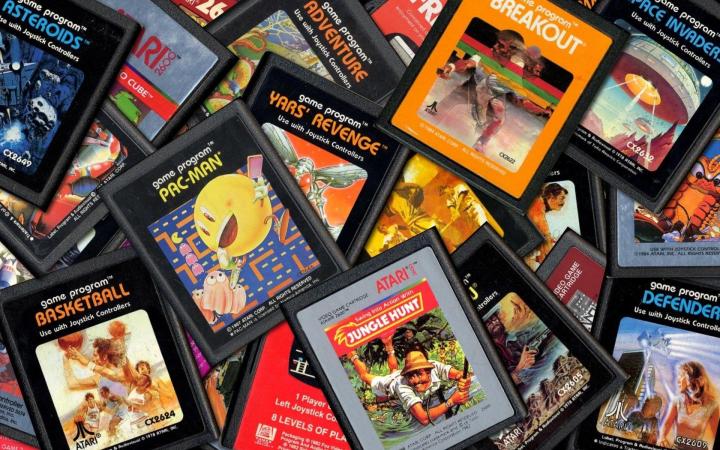
“What we’ve developed is a way to collect data of humans playing five Atari games, a large dataset of humans playing them, and the insight that — with current algorithms — less data of better players seems to be more useful for learning than more data of worse players,” Lucas Beyer, a researcher on the project, told Digital Trends. “This might sound obvious, but really it’s not: The common theme being ‘the more data the better.’”
There has been interesting work done before involving AI and classic Atari 2600 games. For example, a couple of years ago, an artificial agent created by the Google-owned DeepMind was able to learn to play games like Breakout without a human showing it how to. As Beyer notes, in the case of his and his colleagues’ work, humans are involved — since the bots are watching human players play through the games Q*Bert, Ms. Pac-Man, Space Invaders, Video Pinball, and Montezuma’s Revenge.
This playthrough data was gathered from Redditors, who turned out to be more than happy to revisit some vintage arcade games — all in the interests of improving AI. What is impressive about the work, however, is that the AI was able to learn new skills, such as problem solving, by extracting patterns from the human-led playthroughs it analyzed.
“This dataset is an open testbed for developing reinforcement learning algorithms that can get a head start by looking at human demonstration, as opposed to learning everything from scratch,” Beyer continued.
Next up, the team wants to build on their system — by adding data from more expert Atari players. And did we mention the best part? They want you (yes, you!) to help them.
“It would be cool if you can ask people to play games on our website and add more data as a result,” Vitaly Kurin, another researcher on the project, told us.
Now how’s that for the homework you always dreamed of?
Editors' Recommendations
- What’s new in May 2024: 7 games that you need to play this month
- Apple’s ChatGPT rival may automatically write code for you
- If you love game history, you need to try Atari 50: The Anniversary Celebration
- How will we know when an AI actually becomes sentient?
- Chess. Jeopardy. Go. Why do we use games as a benchmark for A.I.?


